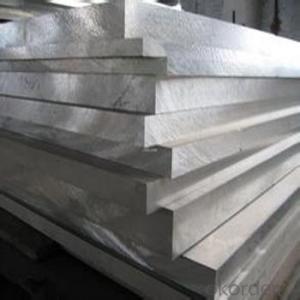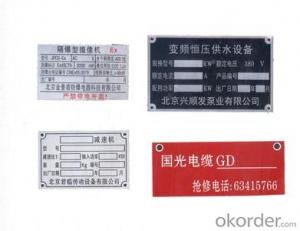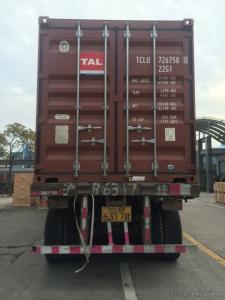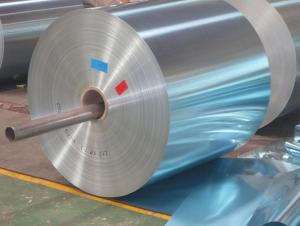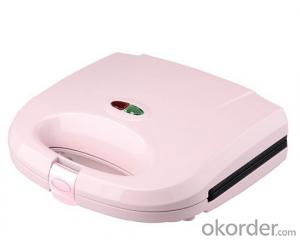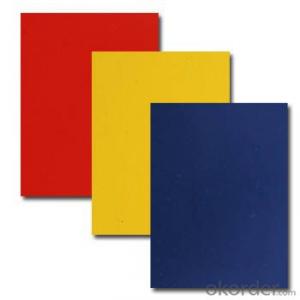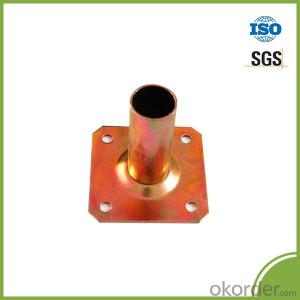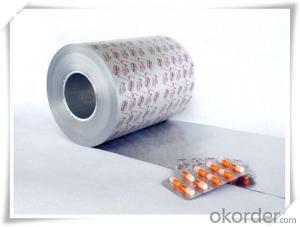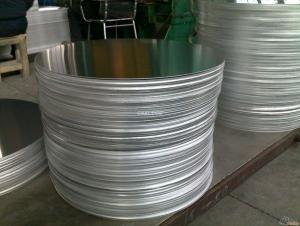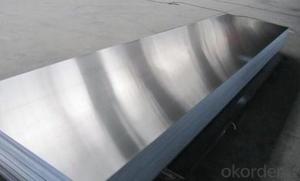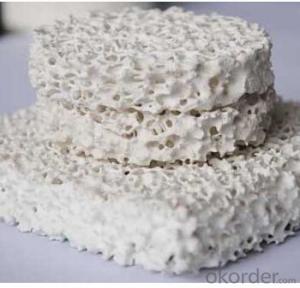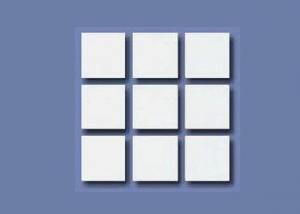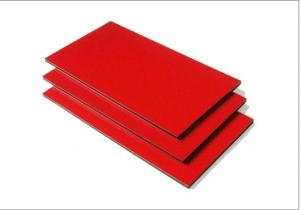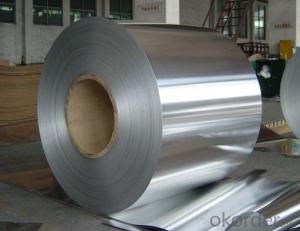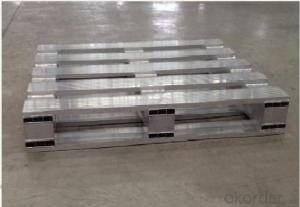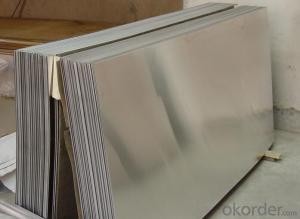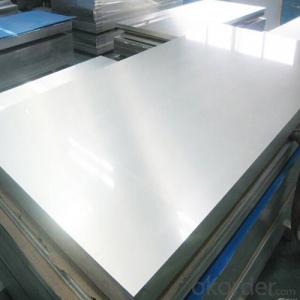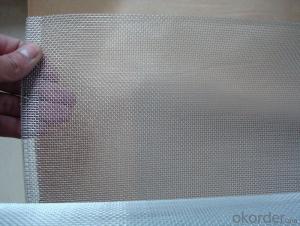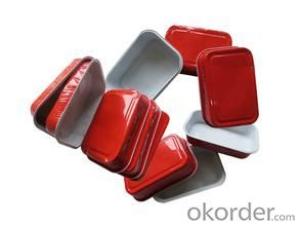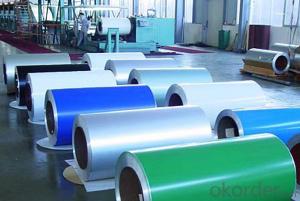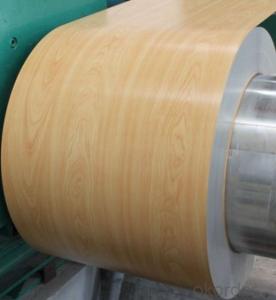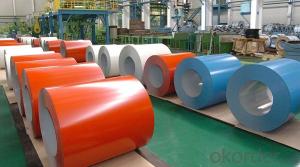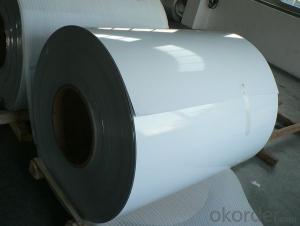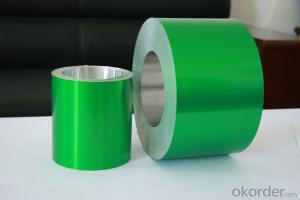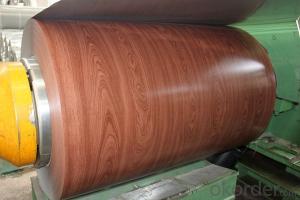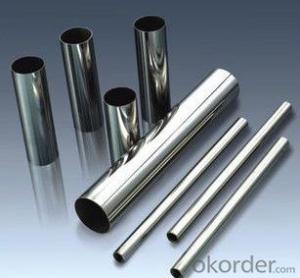Aircraft Aluminum Plate
Aircraft Aluminum Plate Related Searches
Aluminum Metal Plate Aluminum Paper Plate Aluminum Armor Plate Aluminum Surface Plate Marine Aluminum Plate Aluminum Floor Plate Aluminum Motor Plate Aluminum Deck Plate Aluminum Cover Plate Aluminum Flat Plate Aluminum Pressure Plate Aluminum Profile Plate Aluminum Wall Plate Aluminum Base Plate Aluminum Mounting Plate Aluminum Plate Armor Alcoa Aluminum Plate Aluminum Square Plate Aluminum Tool Plate Aluminum Grill Plate Aluminum Plate Panels Aluminum Sheet Plate White Aluminum Plate Aluminum Plate Metal Nickel Plate Aluminum Aluminum Precision Plate Marine Grade Aluminum Plate Aluminum Cooking Plate Polished Aluminum Plate Aluminum Caul PlateAircraft Aluminum Plate Supplier & Manufacturer from China
Aircraft Aluminum Plate is a type of high-strength, lightweight material that is commonly used in the aerospace industry for constructing various components of aircraft. This material is known for its excellent mechanical properties, such as high strength, corrosion resistance, and good fatigue resistance, which make it ideal for applications where durability and performance are critical. The usage scenarios for Aircraft Aluminum Plate are extensive, as it is employed in the manufacturing of aircraft fuselages, wings, and other structural parts that require high strength-to-weight ratios. This material is also utilized in the production of various parts for military and commercial aircraft, ensuring that these vehicles can withstand the rigors of flight while maintaining fuel efficiency.Okorder.com is a reputable wholesale supplier of Aircraft Aluminum Plate, offering a vast inventory of this essential material to cater to the needs of various industries. As a leading distributor, Okorder.com ensures that customers have access to high-quality Aircraft Aluminum Plate that meets the stringent requirements of the aerospace sector. By maintaining a large inventory, Okorder.com is able to provide prompt delivery and competitive pricing, making it a preferred choice for businesses seeking reliable Aircraft Aluminum Plate suppliers.
Hot Products





